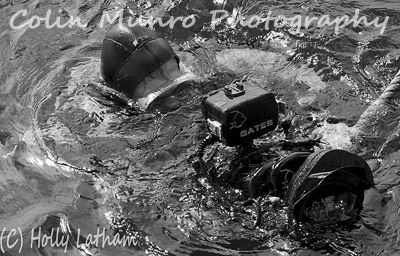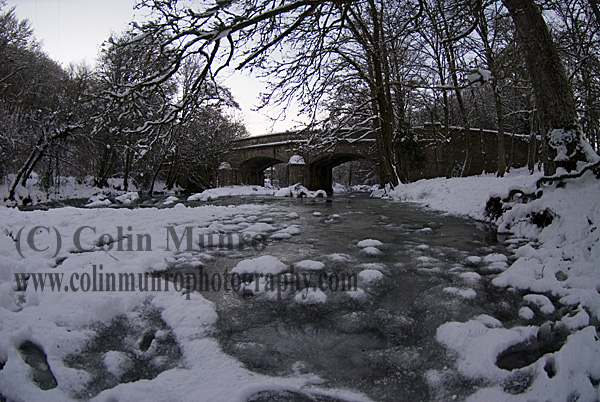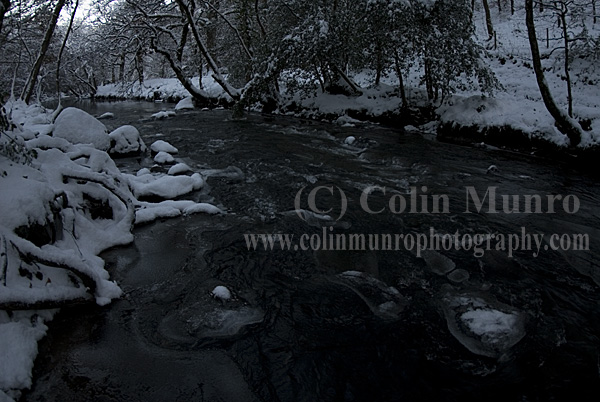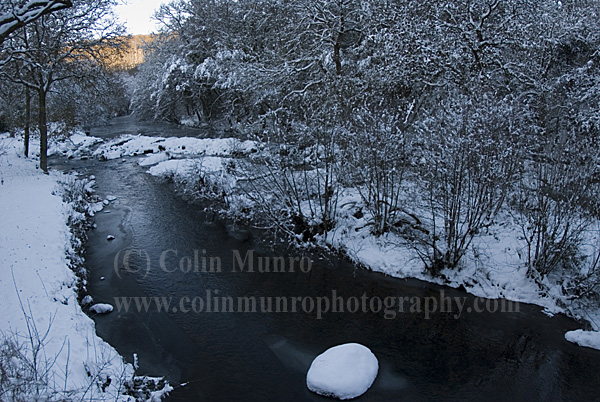A friend of mine recently complained that she wished winter would hurry up and end so she could get out and start taking photographs again. No, no! I contradicted, winter is a fantastic time for taking photographs; all those heavy, brooding skies, the low sun, those stormy seas and frost-coated landscapes. It’s true I’ve never been a fan bright sunny scenes; give me grey, moody, atmospheric vistas any day. A sun high in the sky rarely makes for great photographs, even in summer landscapes generally appear more interesting shortly after dawn or close to sunset when the sun is low.
In winter the sun follows a lower arc across the sky, thus a greater proportion of the available daylight produces what is, in my view, a more interesting light. A corollary of this is that the sun rises later and sets earlier, thus one does not have to drag oneself out of bed at five in the morning, or hang around until almost 10pm, to get those sunrise and sunset shots. It is true that some wildlife shots become trickier when one has to work with slower shutter speeds and wider apertures, and sometimes one has to rely on a tripod, not exactly condusive to high mobility for stalking some flighty subject. However, on the flip side, many animals become markedly less wary in winter, when hunger overrides normal timidity.
I have always been fond of long exposure shots of moving water, producing beautiful soft, fluid and slightly surreal effects on waterfalls or waves on the beach. This does require low light levels entering the camera though, and in summer (even at minimum apertures) one must either stack neutral density filters in front of the lens, or get up really early or wait really late to get those shots around dawn or dusk. In winter it is so much easier, light levels are much lower anyway and as the sun rises and sets at a more acute angle to the horizon so the period of gloomy light lasts that much longer. This can be crucial if you are rushing between spots to try and find the best angle for you ‘money shot’. So dig out the winter boots and woolly hat and make the most of these chilly and gloomy landscapes. If nothing else it’s such a great excuse to eat lots of chocolate and warm up in a pub afterwards.












